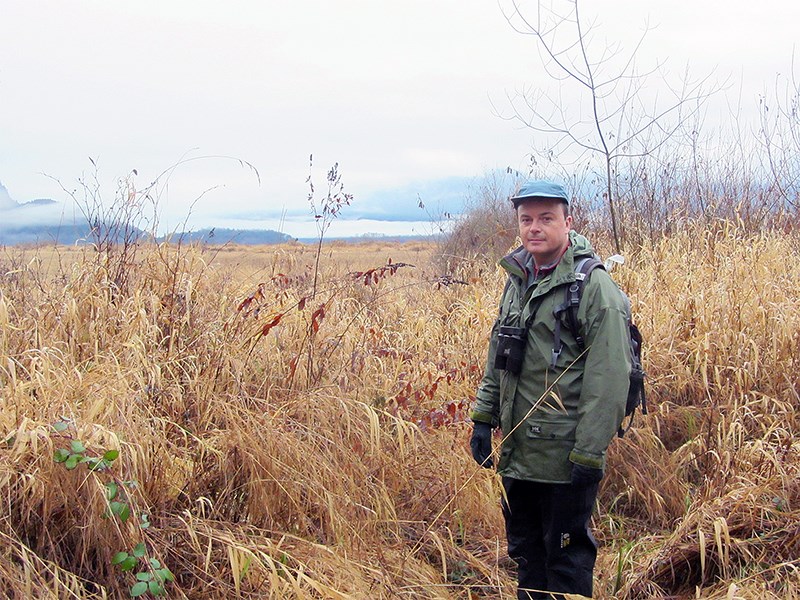Other people might want a new cellphone, digital home assistant or other device for Christmas.
But local bird enthusiast and SFU professor John Reynolds has something more natural in mind.
He would like to see more winter finches.
At least, that’s his hope when he joins more than 100 volunteers tomorrow in the woods and on the dikes for the annual Christmas Bird Count.
“This might be a good year for winter finches,” Reynolds told The Tri-City News. “Hopefully, we’ll get three or four species of winter finches that we don’t usually see.”
One type of finch, he noted, is the pine grosbeak, which are a beautiful shade of dull red and come from the north only in certain years, depending on their food supplies, such as berries and buds.
The Christmas Bird Count is an annual tradition that has become a contest for local birders to count and identify as many birds and species as possible over terrain that is roughly 24 km in diameter and stretches from Port Moody to Port Coquitlam.
Data collected is sent to the U.S. National Audubon Society, which stores and publicizes the information so researchers can keep track of bird populations.
(The count has been around since the early 1900s. More than 100 years ago, it was a Christmas tradition in some parts of North America to go outside and shoot as many birds as possible. But as the bird population shrank and people became more environmentally aware, they began to count the birds instead of kill them. The Audubon Society took up the initiative, keeping track of the data from across North America and parts of Central America, collected during the various counts.)
Locally, some birds are doing better than others, including the Anna’s hummingbird, which is expanding its territory, while other birds that inhabit farmland and open fields are being affected by development and intensification of agriculture, such as blueberry farming, which is reducing their food sources.
“I would say we are still seeing a lot of habitat changes in some of the Tri-Cities, whether it’s developments on Burke Mountain or intensification of agriculture south of Minnekhada farm and we know from experience these take their toll on wild species.”
Still, thousands of birds will be counted on Saturday from dawn to dusk, rain or shine, and among them might just be a few winter finches.



